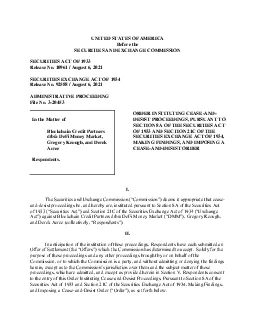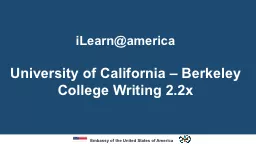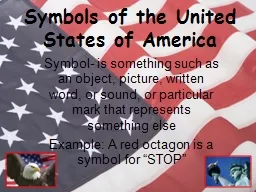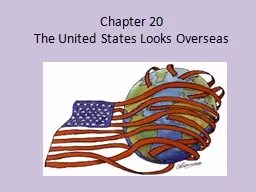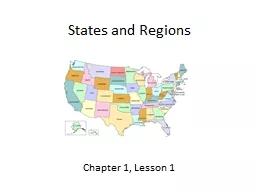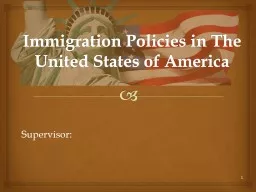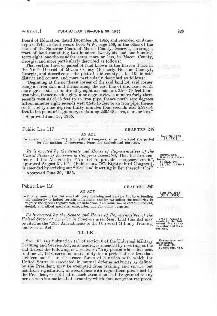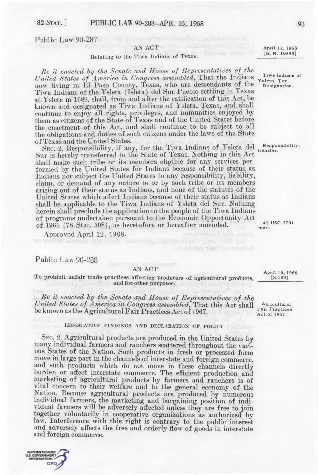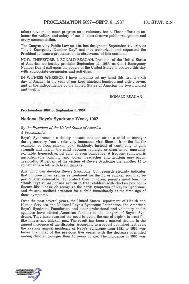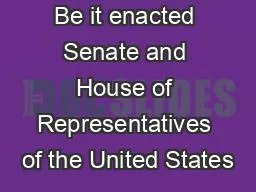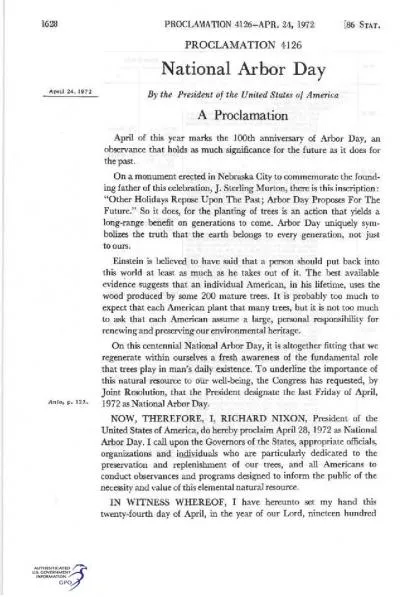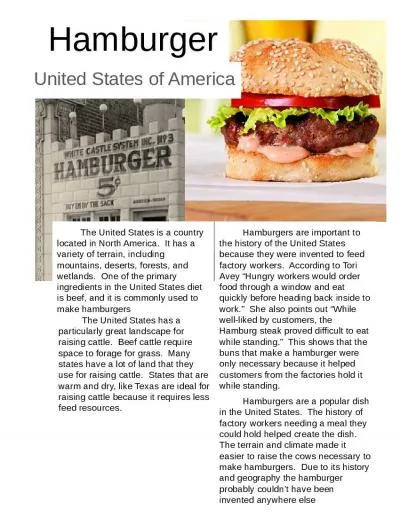PDF-UNITED STATES OF AMERICA
Author : pamela | Published Date : 2021-09-01
Before theSECURITIES AND EXCHANGE COMMISSIONSECURITIES ACT OF 1933Release No10961 August 6 2021SECURITIES EXCHANGE ACT OF 1934Release No92588 August 6 2021ADMINISTRATIVE
Presentation Embed Code
Download Presentation
Download Presentation The PPT/PDF document "UNITED STATES OF AMERICA" is the property of its rightful owner. Permission is granted to download and print the materials on this website for personal, non-commercial use only, and to display it on your personal computer provided you do not modify the materials and that you retain all copyright notices contained in the materials. By downloading content from our website, you accept the terms of this agreement.
UNITED STATES OF AMERICA: Transcript
Download Rules Of Document
"UNITED STATES OF AMERICA"The content belongs to its owner. You may download and print it for personal use, without modification, and keep all copyright notices. By downloading, you agree to these terms.
Related Documents

